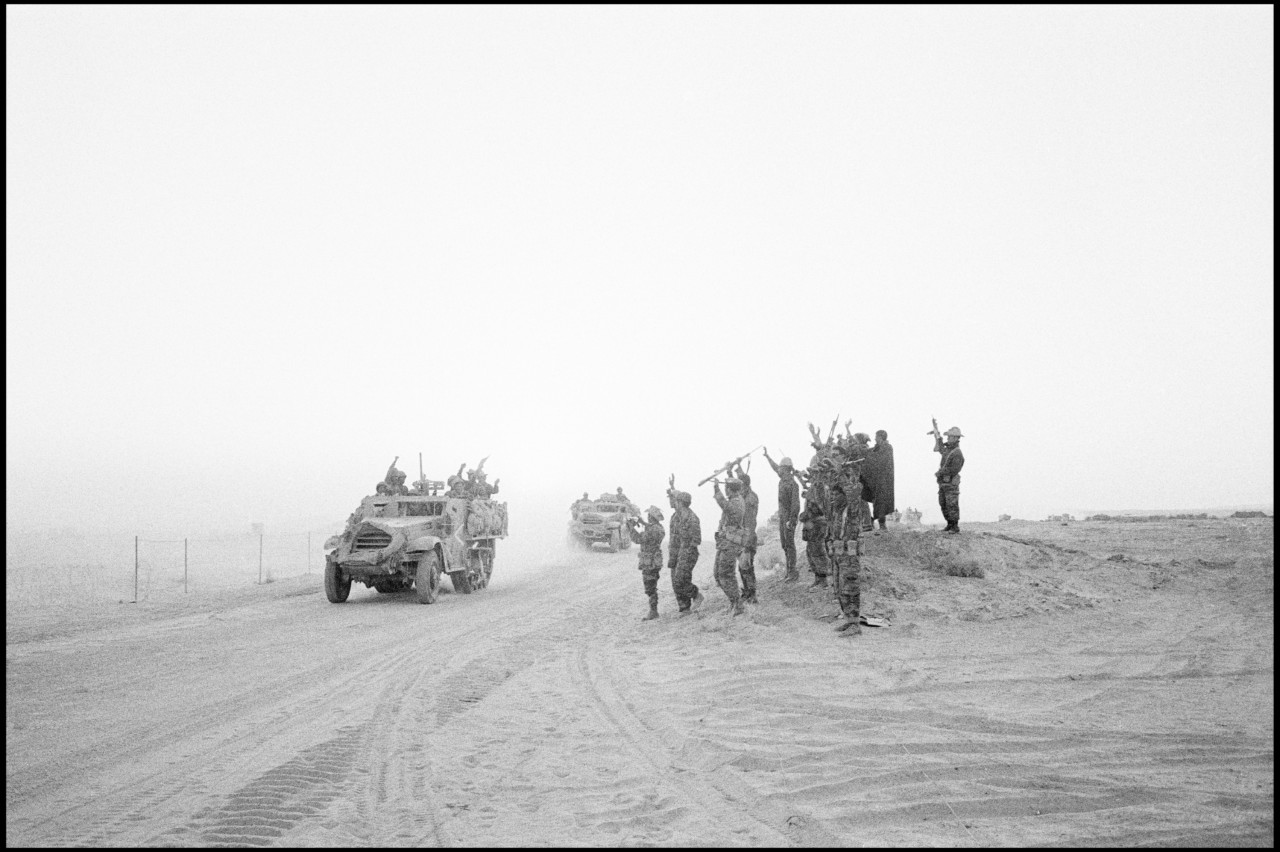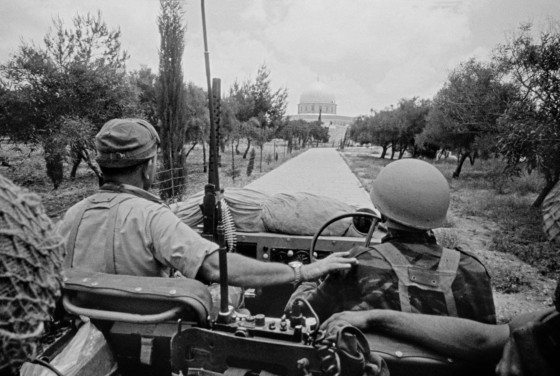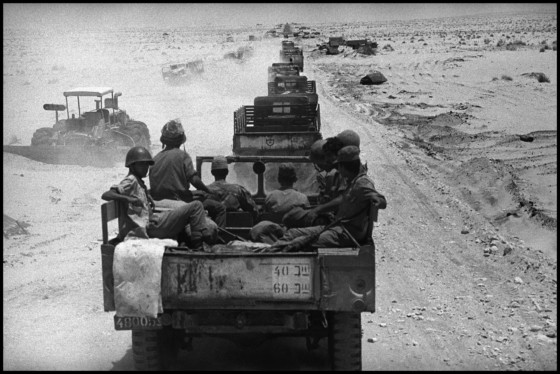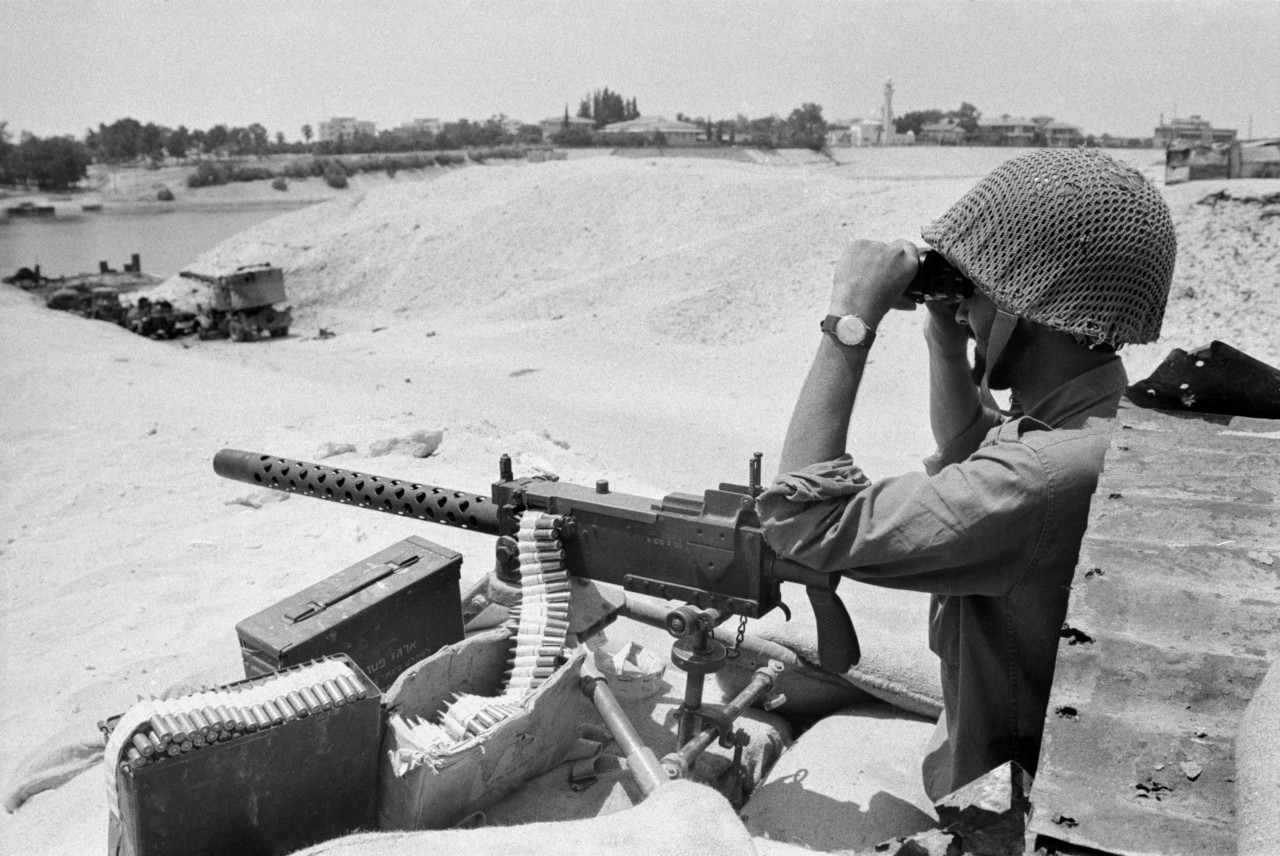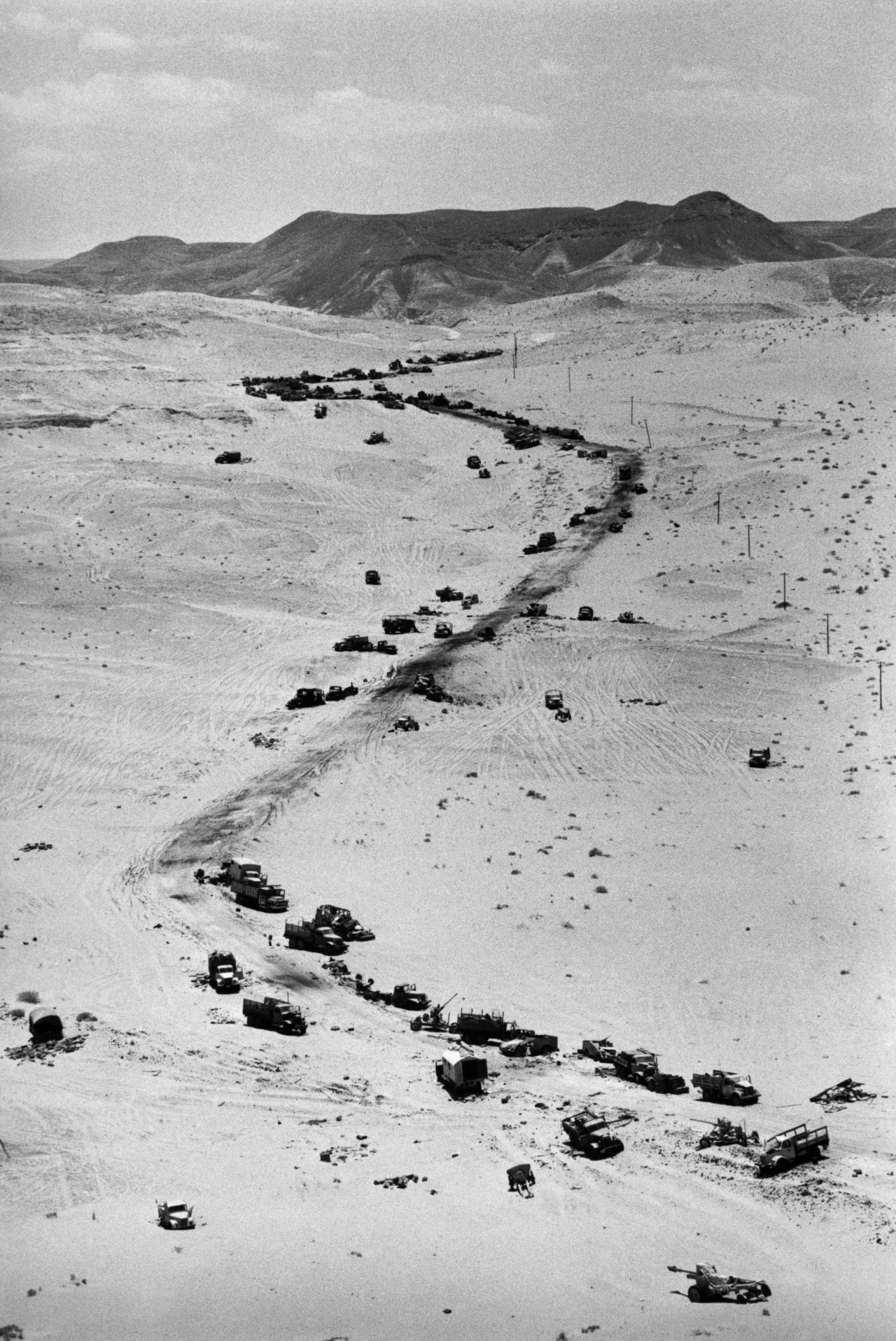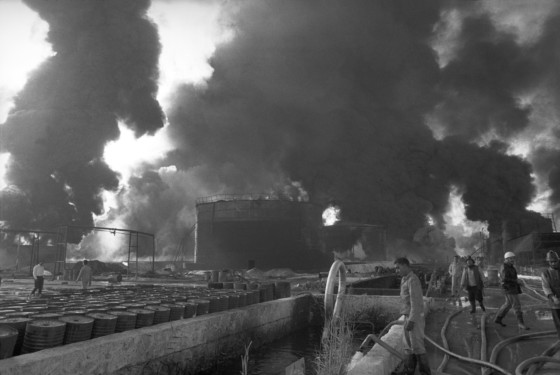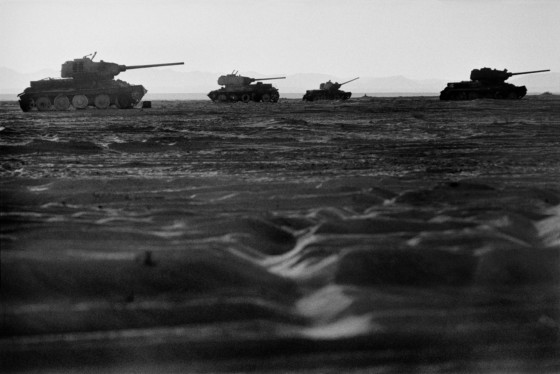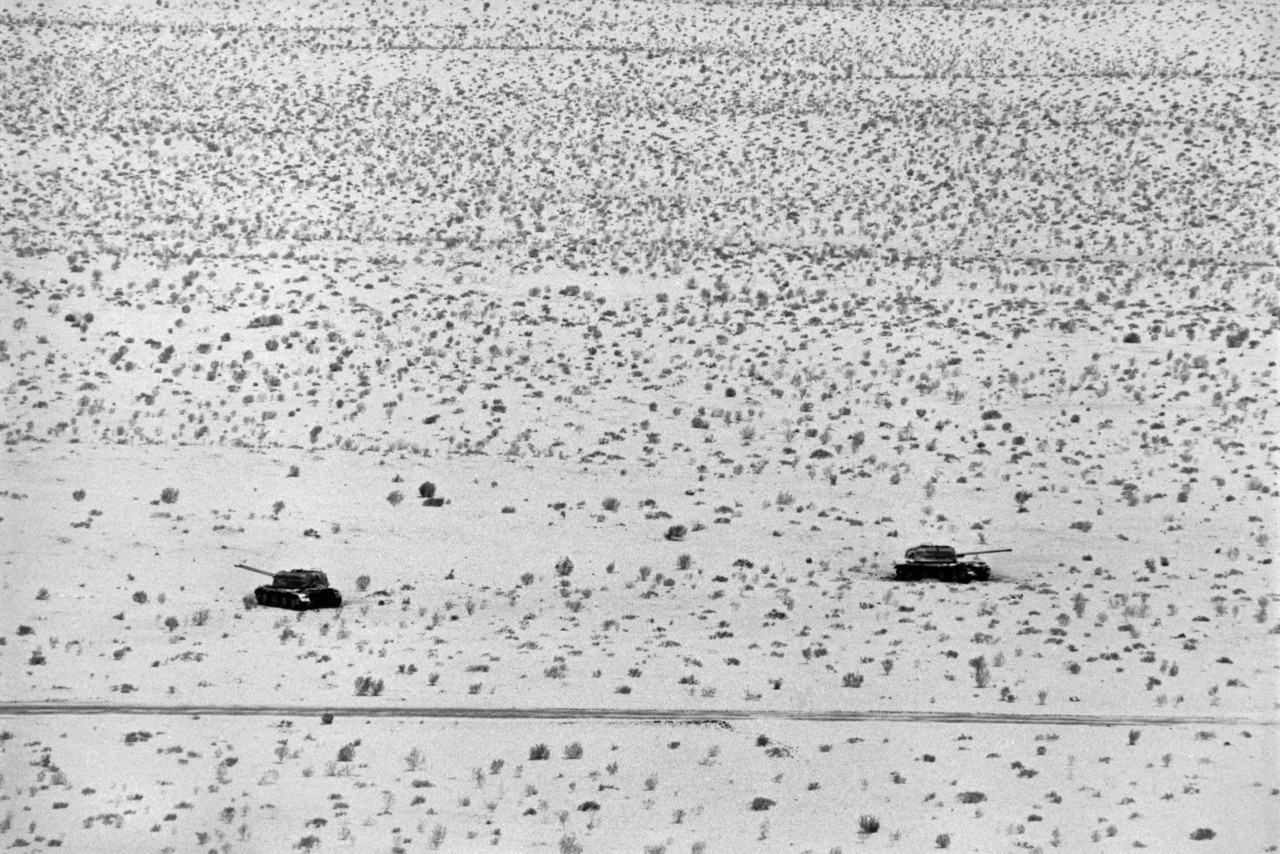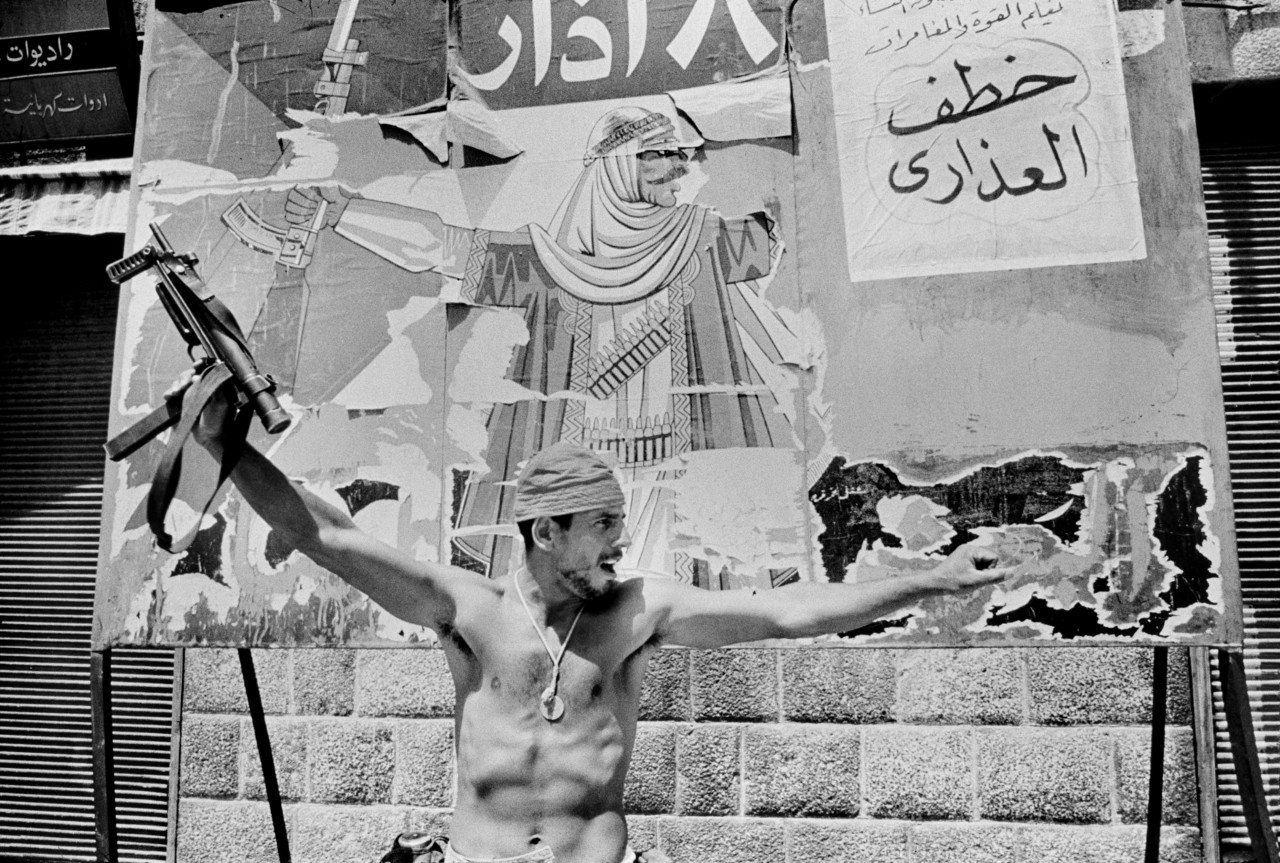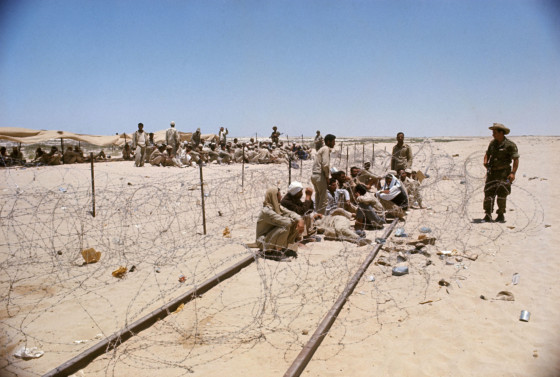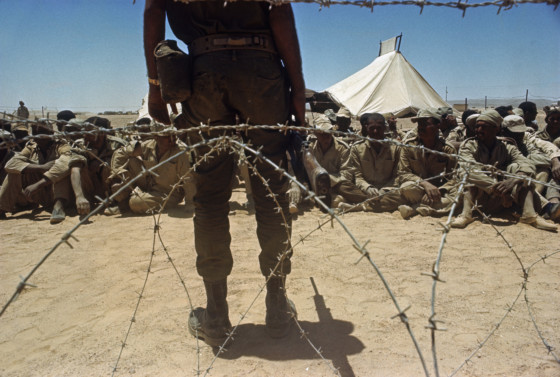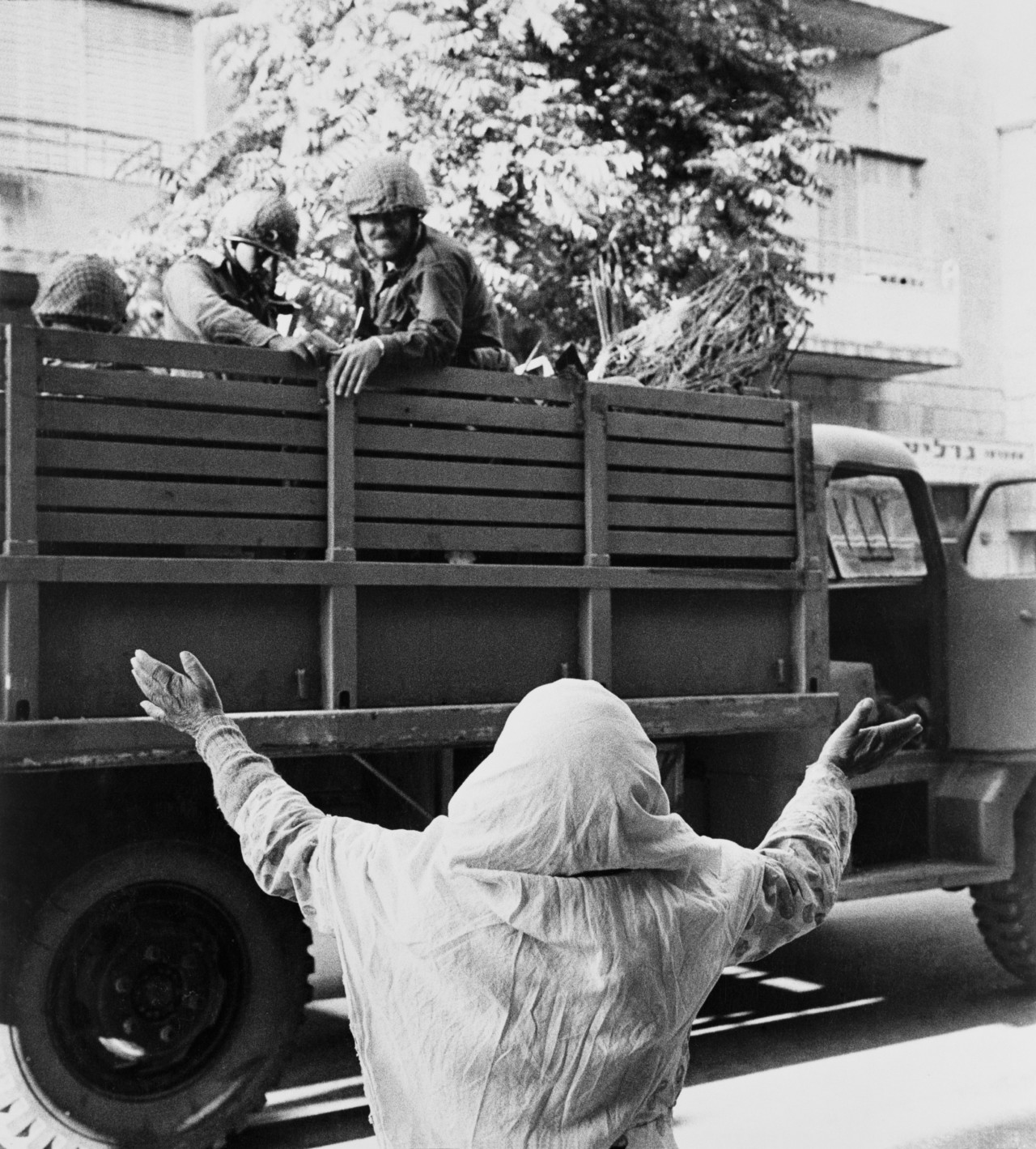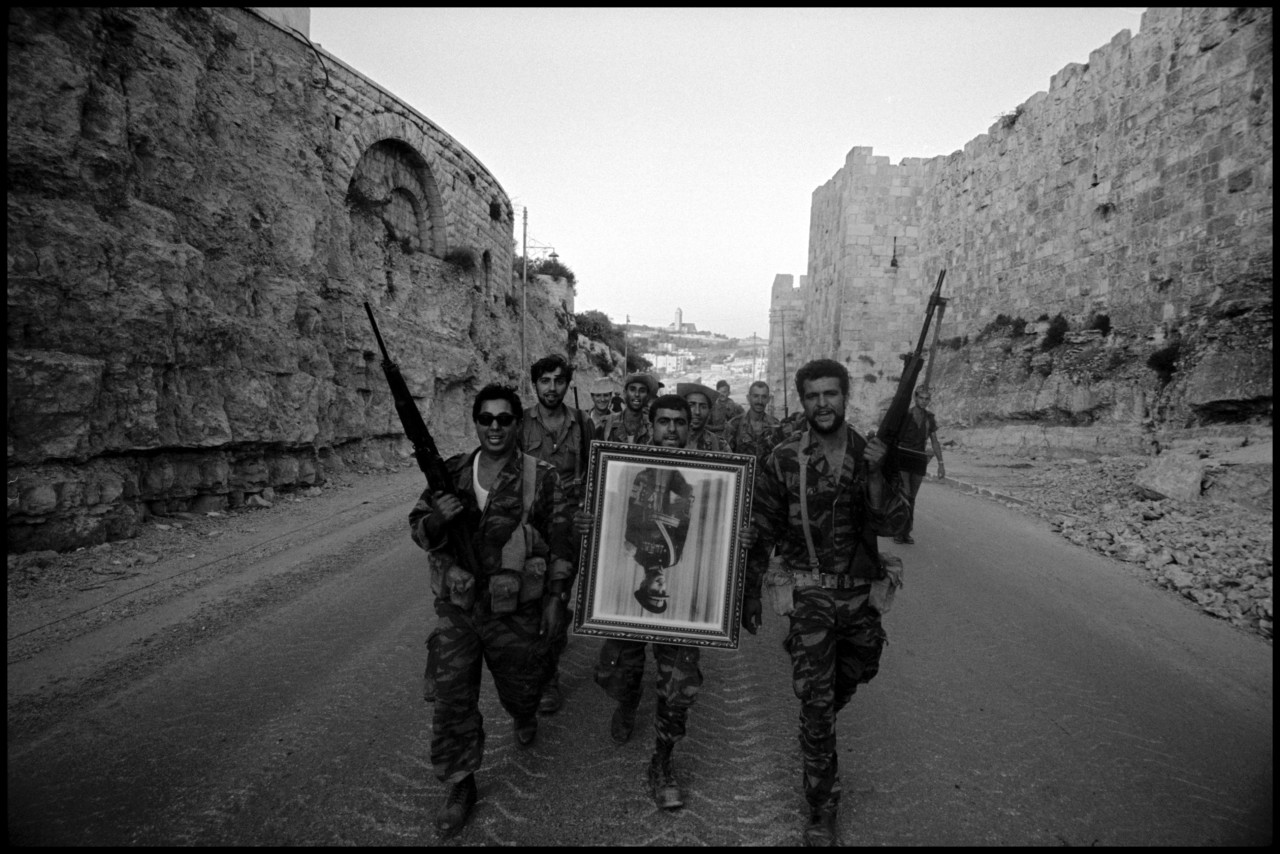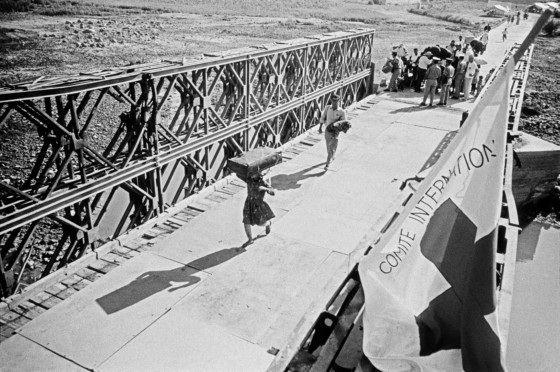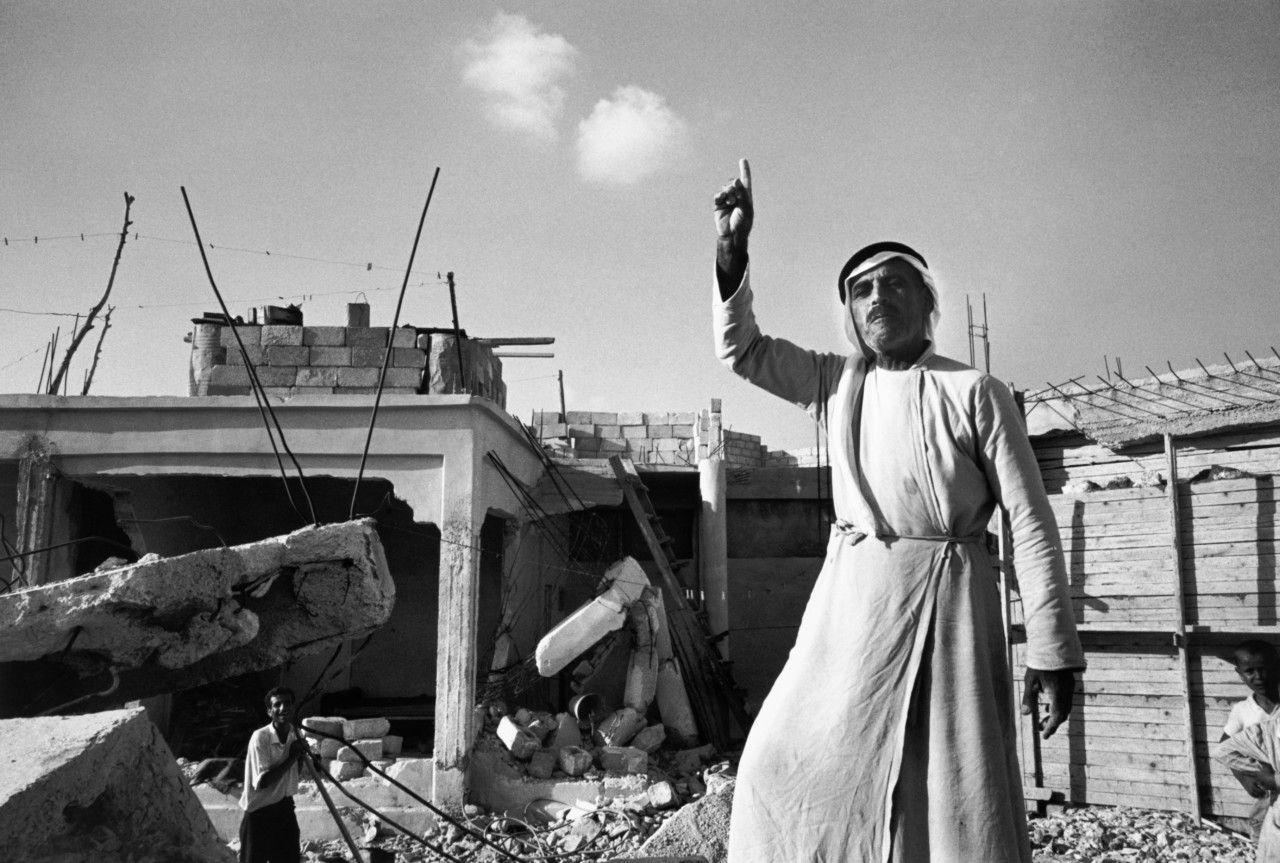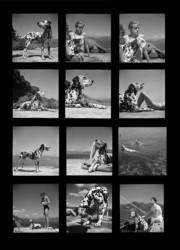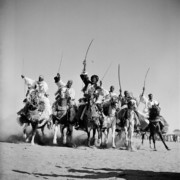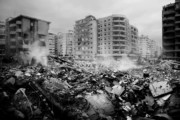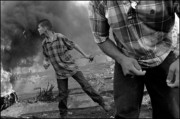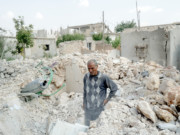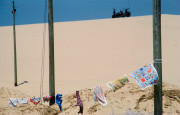The Six Day War
From the archive: on the 50th anniversary of the Six Day War, the conflict as covered by a group of Magnum photographers
Magnum Photographers
One of the shortest conflicts in military history, the events of the Six Day War reshaped the Middle East in ways that are still of consequence today. Mounting tensions between Israel and the loose alliance of Arab States surrounding it resulted in a war that was fought over just six days, between June 5th and 10th, 1967, stunning the world by its quickness and completeness.
Israel’s civilian army achieved a decisive victory, as in the two Arab-Israeli wars previous, capturing areas in Egypt, Syria and Jordan. Israeli forces also occupied Palestinian territories and this marked the beginning of an even darker chapter in relations between the two. Fifty years since the war’s inception, we look back at the iconic coverage of it by Magnum photographers Micha Bar-Am, Cornell Capa, Leonard Freed, Rene Burri and Bruno Barbey.
Following weeks of military build-up in Egypt and the seeming mobilization of other neighboring Arab countries, on June 5th Israeli forces launched one of the most successful and debilitating air assaults in history. Destroying over ninety per cent of the Egyptian air force, within the next three days Israel was able to capture the Gaza Strip and the entirety of the Sinai Peninsula, up to the East bank of the Suez Canal.
A similar fate befell the Syrian air force, and on the ground Israeli forces pushed back the country’s military to take hold of the Golan Heights. Following its entrance into the war, Jordan too suffered crippling losses with Israel gaining control of most of the West Bank and the historically emblematic Old City of Jerusalem, including the Western Wall and Temple Mount, which had been out of Jewish control for over two thousand years.
Documenting such a rapid succession of events during the conflict presented a challenge. Already stationed in Israel, and having covered the Jewish-Arab Sinai War thirteen years earlier, the Israeli photographer Micha Bar-Am was however aptly positioned to provide a comprehensive documentation. Bar-Am had been previously been contacted by the established Magnum photographer Cornell Capa, on his arrival in Israel.
Traveling around the country, Bar-Am was able to provide Capa with an invaluable insight into the area and they worked together for the duration of his trip. This partnership continued beyond their coverage of the war, with Bar-Am becoming a correspondent for Magnum the following year. Bar-Am continued to collaborate on projects with Capa until Capa’s death in 2008.
The photographs of Bar-Am, Capa and the others captured provided a multi-perspective insight into the realities on the ground for all sides. Barbey’s and Burri’s striking black and white images show the landscapes of battle, including the dark shadows of tanks rolling along the sixteen mile Mitla Pass in the Sinai Peninsula, where some of the fiercest fighting occurred. Freed’s haunting photographs of innocent civilians, now refugees, caught up in the fighting, are evidence of the flood of Arabs who were forced to flee across the river to Jordanian-held territory after the Israeli occupation of the West Bank. Micha Bar-Am’s portfolio captures a region scarred by years of conflict, with him and Capa recording the invasion and aftermath of the Israeli’s occupation of East Jerusalem.
The captions in this piece were supplied by the photographers when filing the original material.



